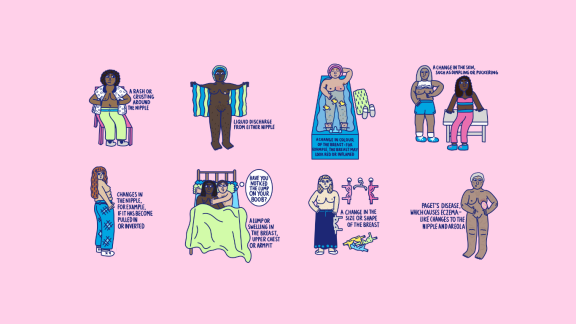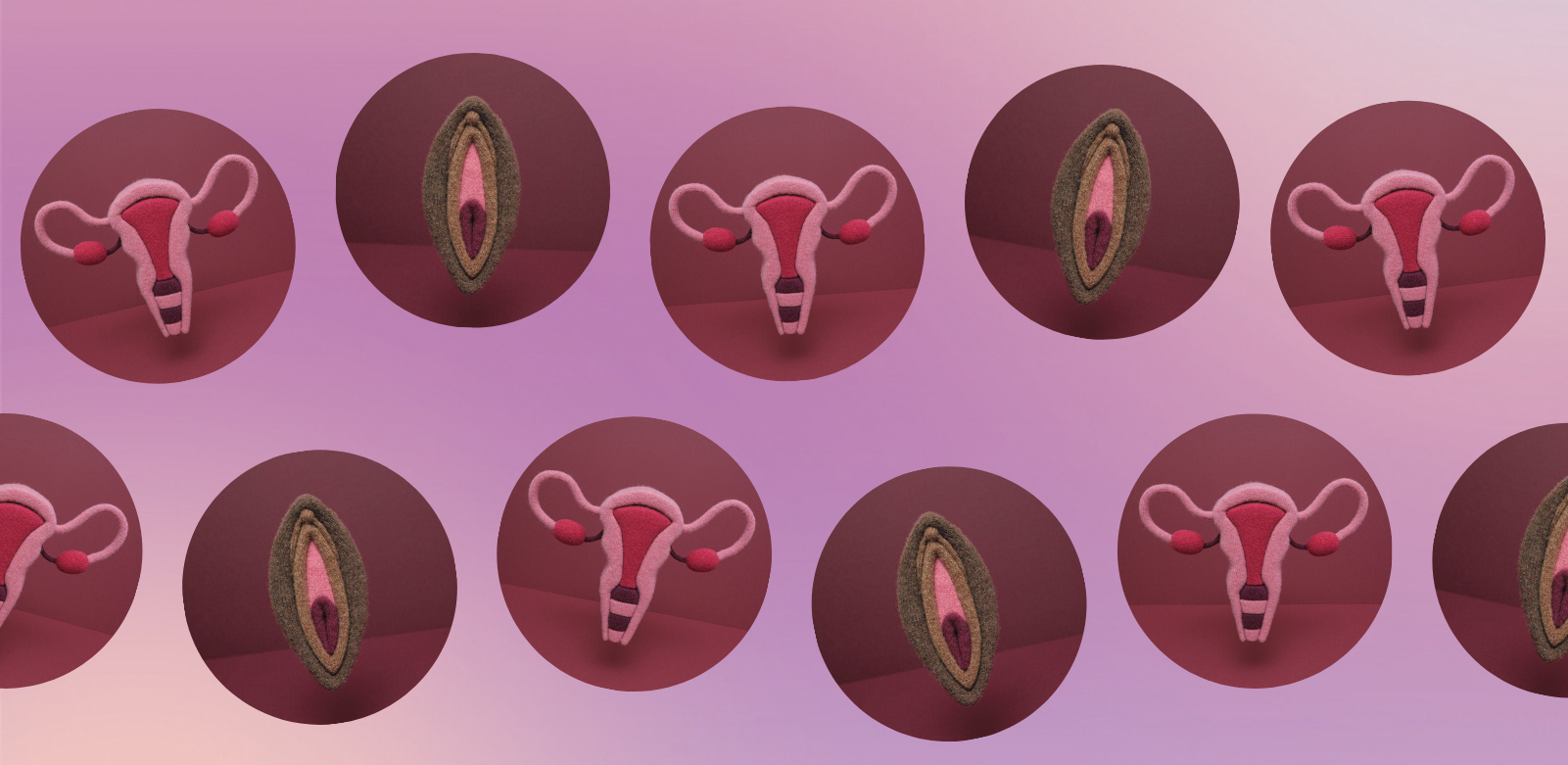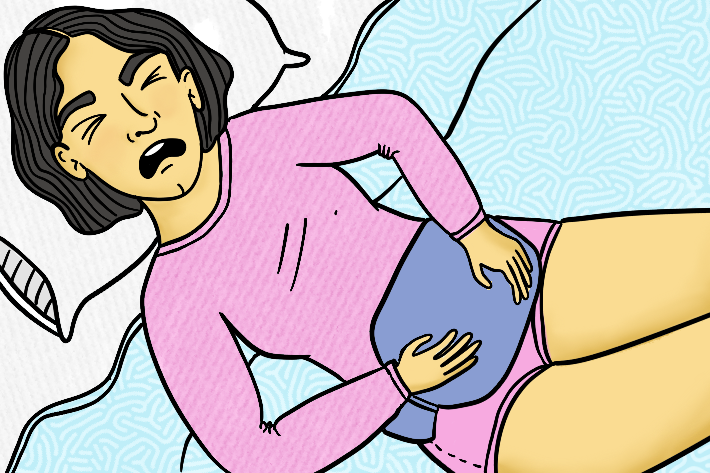Symptoms
There are several symptoms of breast cancer, but what most people notice first is a lump or area of thickened breast tissue. While most breast lumps are not cancerous, it is advisable to always have them checked by a doctor.
Other signs and symptoms include:when
A change in the size or shape of one or both breasts

Discharge from either nipple, which may be streaked with blood

A lump or swelling in either armpit
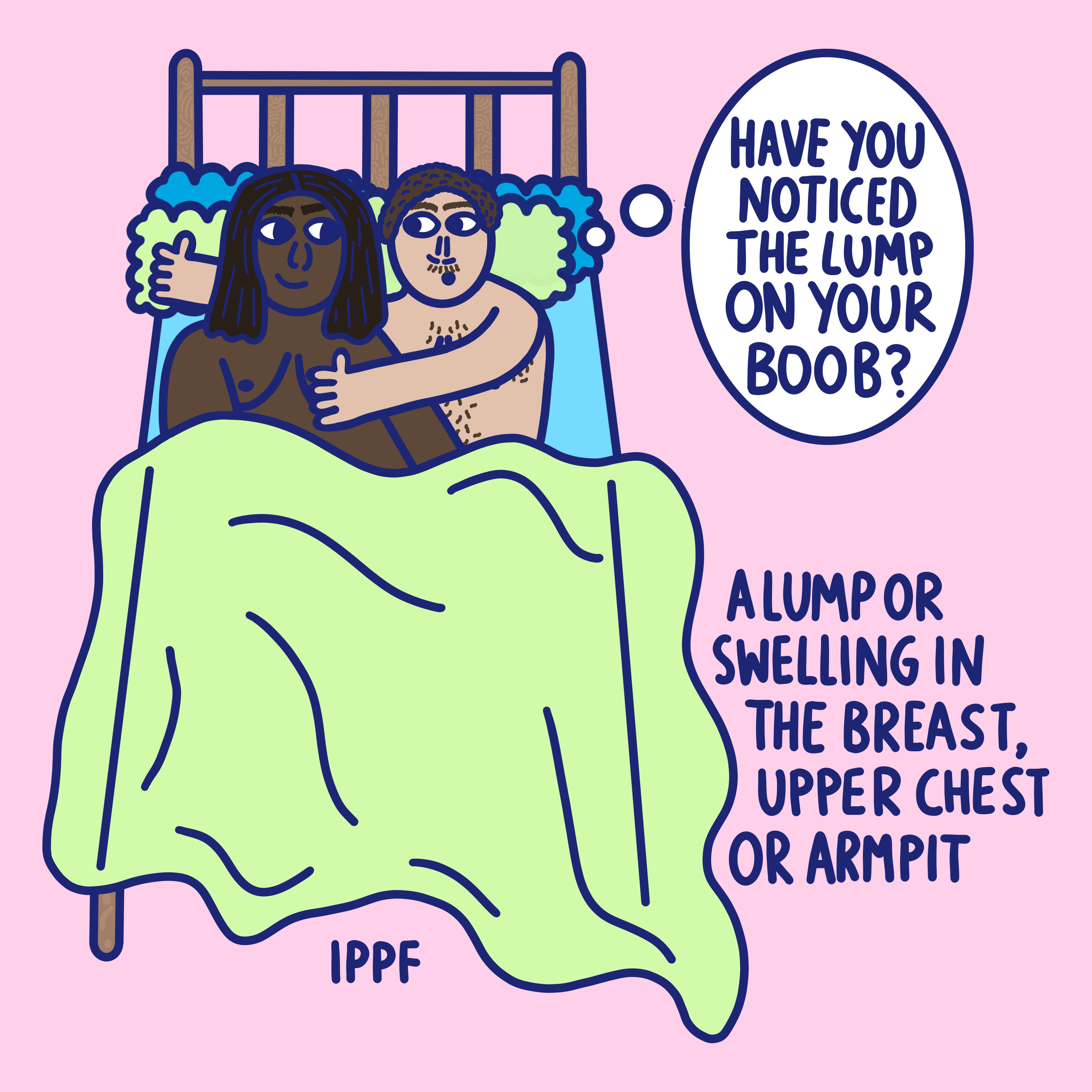
Dimpling on the skin of the breasts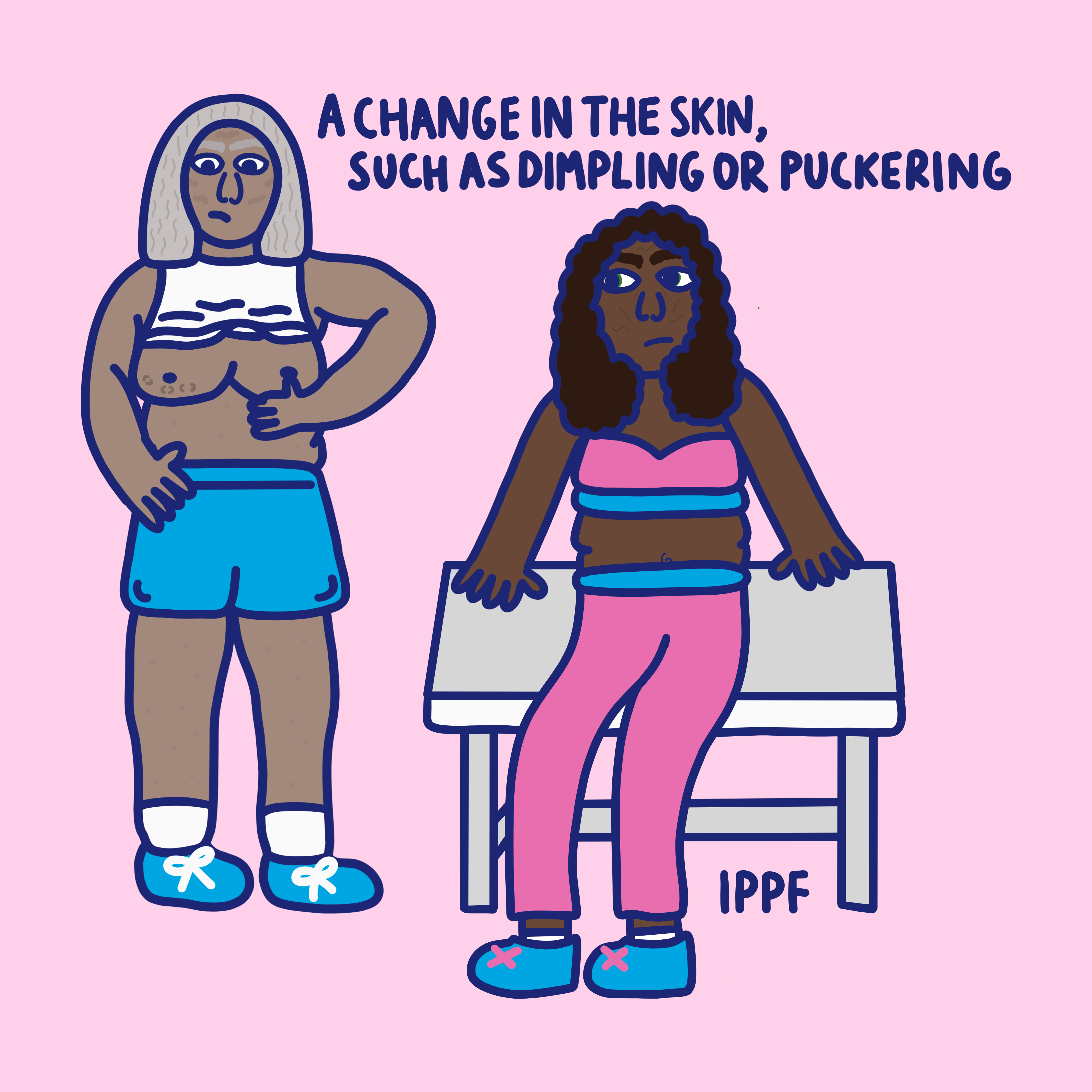
A rash on or around the nipple

A change in the appearance of the nipple, such as becoming sunken into the breast
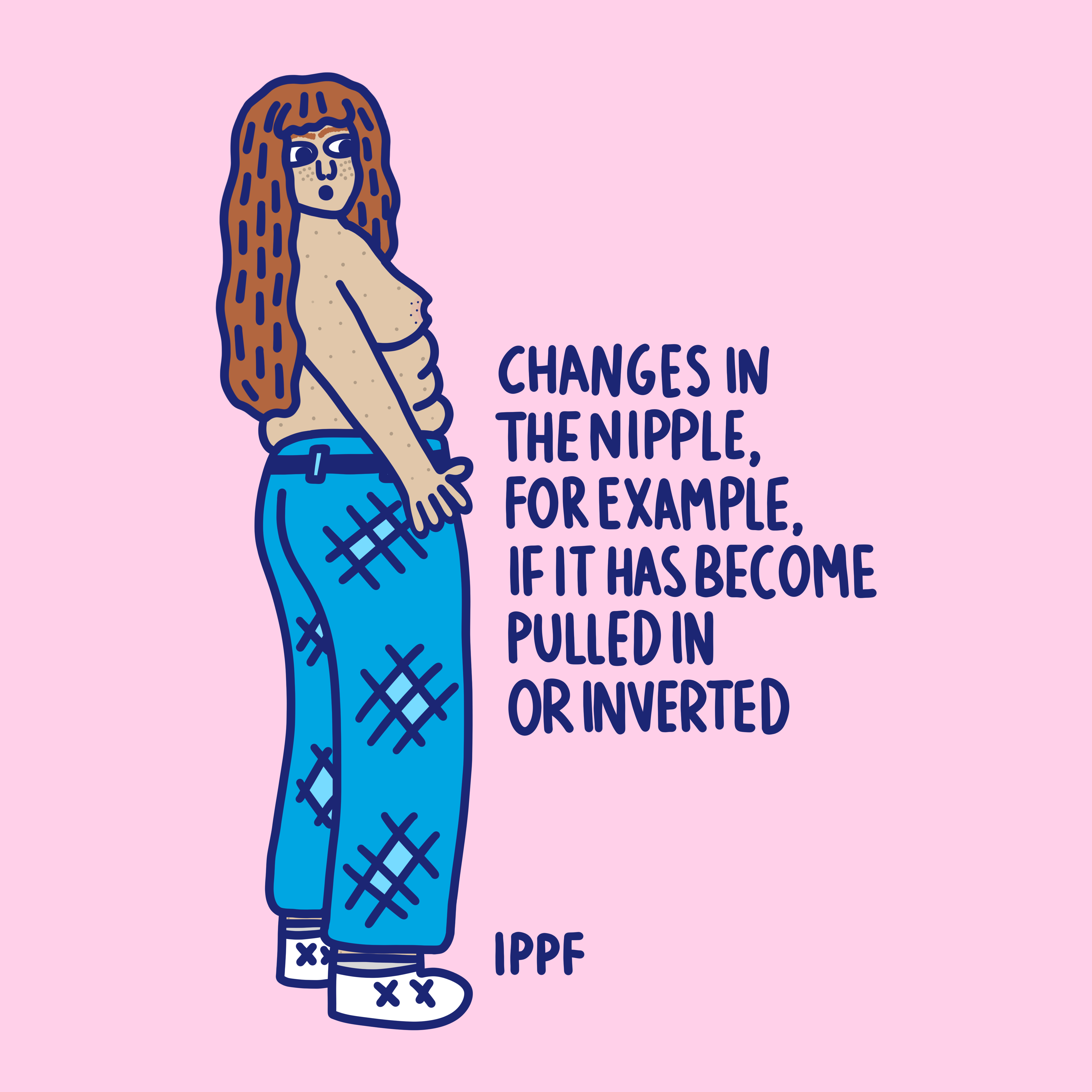
Paget's disease, which causes eczema-like changes to the nipple and areola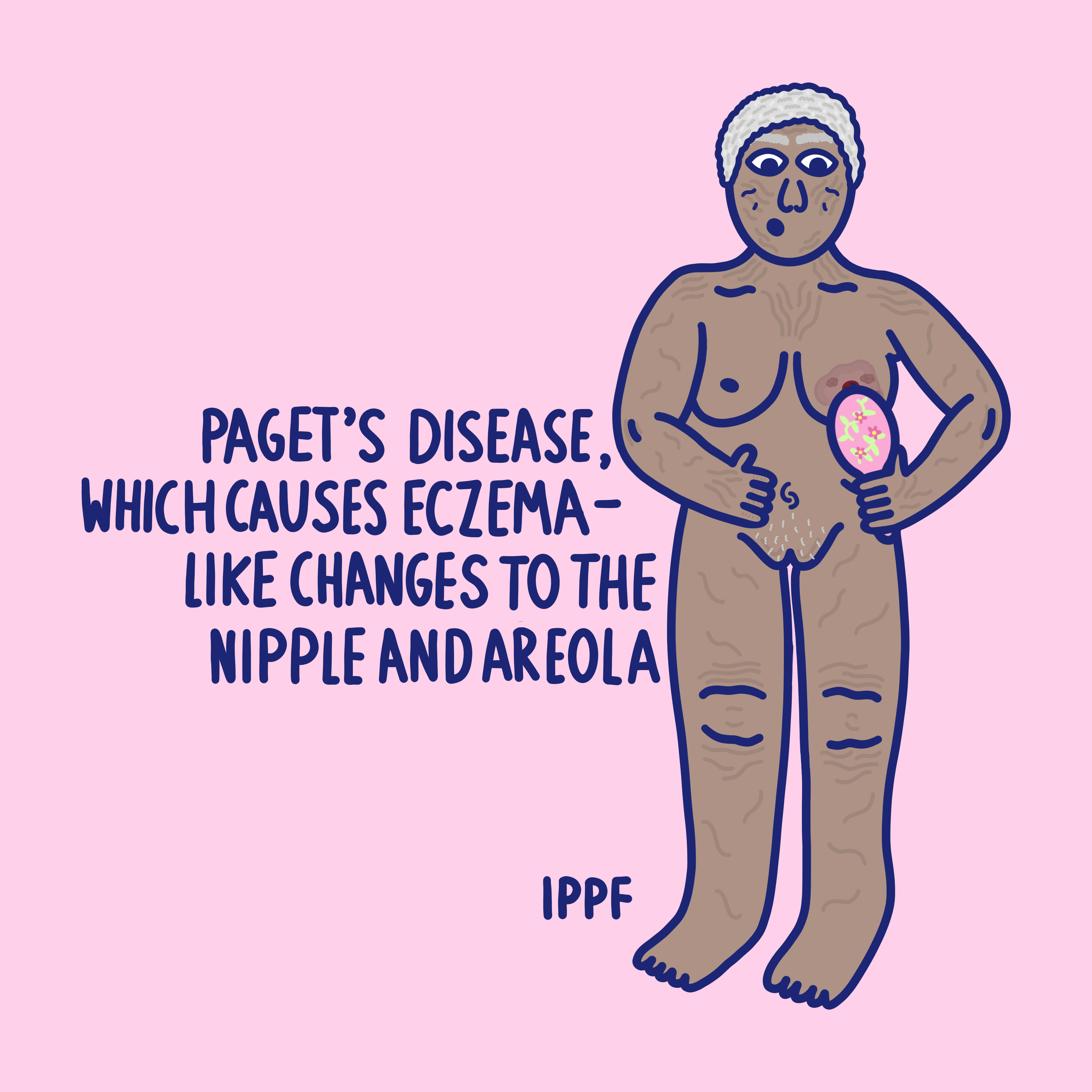
A change in colour of the breast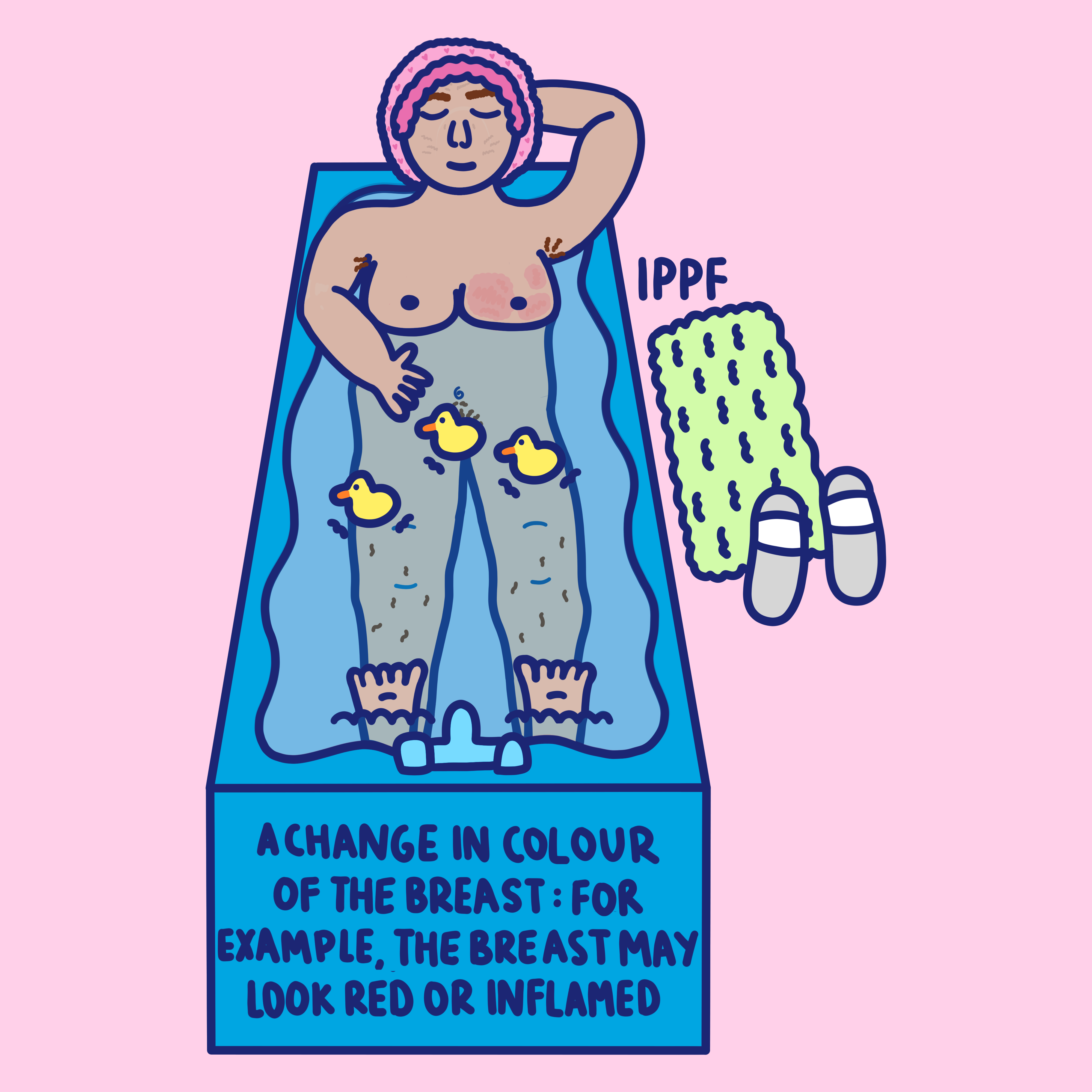
It is vital that women check their breasts regularly for any changes. Everyone should aim to become familiar with what is normal for them, and if anything changes these must be examined by a doctor.
CausesThe exact causes of breast cancer are not fully understood. However, there are certain risk factors including genetic, lifestyle and environmental ones - that are known to increase the risk of breast cancer. These include:
- Increasing age
- A personal or family history of breast cancer
- A previous diagnosis of breast cancer
- A previous non-cancerous (benign) breast lump
- Being overweight or obese
- Drinking alcohol
As the causes of breast cancer are not all understood, it's currently not possible to know all the ways to decrease the risk or prevent it. However, changes in daily life may help reduce the risk of breast cancer. These include maintaining a healthy weight, exercising regularly, eating a healthy diet, and reducing alcohol use. These are particularly important for people who are in any of the risk categories mentioned above.
Screening and diagnosisAfter examining a person’s breasts, a doctor may refer them to a specialist breast cancer clinic for further tests. This might include breast screening, which will normally either be a mammogram or a breast MRI:
- A mammogram is an X-ray of the breast. For many women, mammograms are the best way to find breast cancer early, when it is easier to treat and before it is big enough to feel or cause symptoms. Having regular mammograms can lower the risk of dying from breast cancer. A mammogram is currently the best way to find breast cancer for most women of screening age.
- A breast MRI (Magnetic Resonance Imaging) uses magnets and radio waves to take pictures of the breast. Breast MRI is used along with mammograms to screen women who are at high risk for getting breast cancer. Because breast MRIs may appear abnormal even when there is no cancer, they are not used for women at average risk.
- Another method used to diagnose breast cancer may be a biopsy, where a small sample of breast tissue is removed and examined under a microscope. Other diagnostic methods may be used depending on the specific situation.
There are several different types of breast cancer, which develop in different parts of the breast. Breast cancer is often divided into either:
- Non-invasive breast cancer – found in the ducts of the breast which has not spread into the breast tissue surrounding the ducts. Non-invasive breast cancer is usually found during a mammogram and rarely shows as a breast lump.
- Invasive breast cancer – where the cancer cells have spread through the lining of the ducts into the surrounding breast tissue. This is the most common type of breast cancer.
Less common types of breast cancer include:
- Invasive (and pre-invasive) lobular breast cancer
- Inflammatory breast cancer
- Paget's disease of the breast
It's possible for breast cancer to spread to other parts of the body, usually through the blood or the axillary lymph nodes. These are small lymphatic glands that filter bacteria and cells from the mammary gland. If this happens, it's known as secondary, or metastatic, breast cancer.
TreatmentIf cancer is detected at an early stage, it can be treated before it spreads to other parts of the body. Breast cancer is treated using a combination of:
- Surgery (which can include removing the breast cancer ‘lump’, removing lymph nodes, or removing part or all of the breast(s))
- Chemotherapy (which uses drugs to destroy fast-growing cells, such as cancer cells)
- Radiotherapy (which uses high-powered beams of energy, akin to X-rays, to kill cancer cells)
Surgery is usually the first type of treatment a person with breast cancer will have, followed by chemotherapy or radiotherapy or, in some cases, hormone or targeted treatments. In a small proportion of women, breast cancer is discovered after it has spread to other parts of the body (metastatic breast cancer). Secondary cancer also called advanced or metastatic cancer, is generally not curable, so the aim of treatment is to relieve symptoms.
Living with breast cancerBeing diagnosed with breast cancer can be very overwhelming, and it can deeply affect a person’s daily life. Everyone is different and will cope with their diagnosis and treatment in various ways. It may help to seek support, which can include:
- Family and friends who can show empathy, love, and care, and can also help with practical support (such as cooking meals, collecting medication etc)
- Professional mental health services, such as a counselor
- Communicating with other people in the same situation, including breast cancer survivors
- Finding out as much as possible about your condition to make decisions about your care
- Trying not to do too much or overexerting yourself
- Focusing on self-care
Illustrations by Rachel Jardine (@rachjardine)







